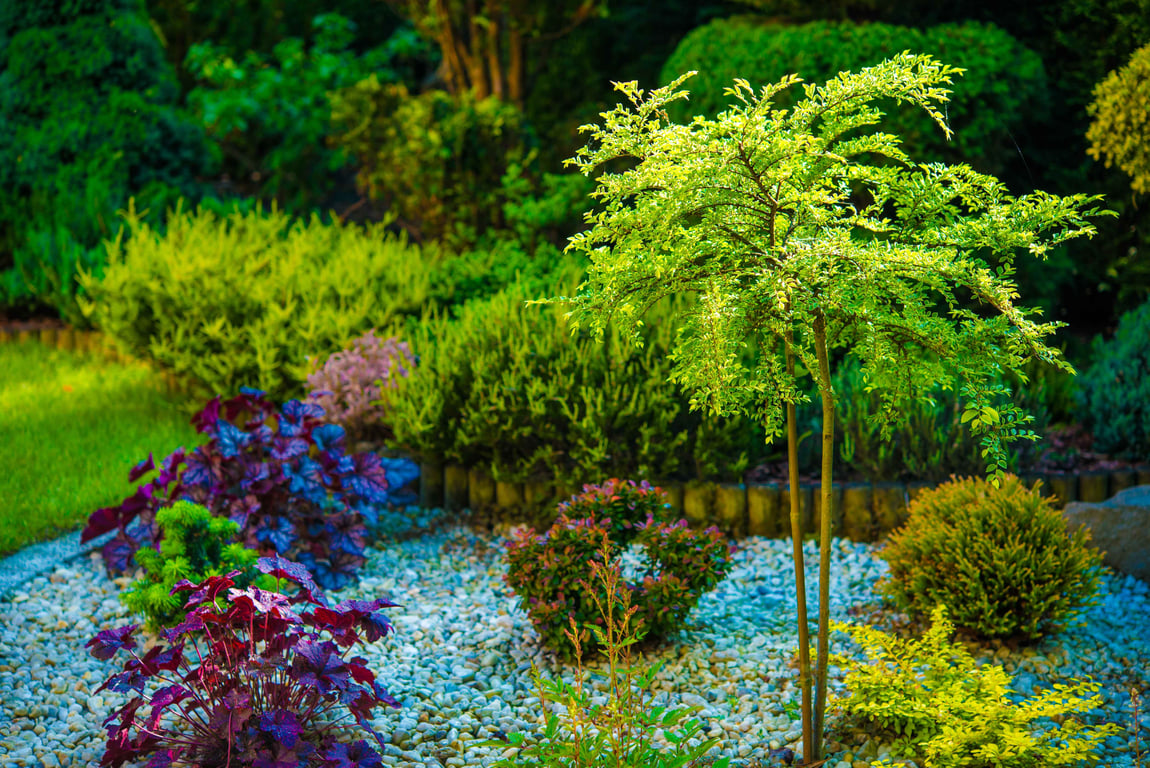Lowest Price Guaranteed Shop Now


Landscape lighting has been a staple design feature for every homeowner trying to find ways to enhance their home and relax, especially at night. A pleasing landscape would require healthy plants, trees, and a reasonable amount of lighting fixtures to complement them and add luminance at night. However, there have been speculations about lighting effects on plants, and people are worried about incorporating their lovely fixtures into their landscape.
In this blog, we’ll be diving deeper into whether you should be worrying about lighting and plants, the best solution, and other related concerns.
First of all, before we answer this question, it’s essential to discuss the correlation between lighting fixtures toward plants and how it could potentially negatively impact their growth. As most of you may know, plants absorb sunlight as their means to use photosynthesis and water to keep them nourished and grow healthy. Like any other thing, too much of everything is never good, and this started the conversation about too much light from fixtures could harm your plants at home.
Generally speaking, light from your landscape lighting could impact your plants. However, it shouldn’t be intense enough to be an alarm. This is because most of the outdoor lighting fixtures that are typically used don’t have much intensity and should not be compared to the light emitted by the sun. In some cases, lighting fixtures that give off tons of infrared or ultraviolet light are the ones to avoid as this could be harmful to your plants and trees over time.

Although it might not cause any significant harm to your plants and trees, the light remains an essential signal for trees to gauge what season it is and conduct their survival methods. Implementing these simple practices will help you stay at ease and prevent the potential damage of lighting to your plants.

Switch to outdoor lights with less intensity to reduce harm to your plants. This is one of the many reasons LED Landscape Lighting is ideal for the outdoor landscape, as they emit little to no ultraviolet.

One of the best ways to save from heaping energy costs is to switch off your lighting momentarily fixtures when not in use. This method is also excellent for preserving your plants and trees by giving them enough rest from light exposure.

More is not always better, and that also applies to landscape lighting. Understanding proper placements instead of spamming as much light as possible will help you design your landscape better and protect your plants from too much lighting.
Landscape Lighting remains an essential part of your home for security, aesthetics, and overall functionality. Plants and trees, like us humans, have a fantastic way to adapt to any environment as long as you implement some of the simplest prevention tips we mentioned above, and it should be more than enough to preserve your lovely plants and trees.